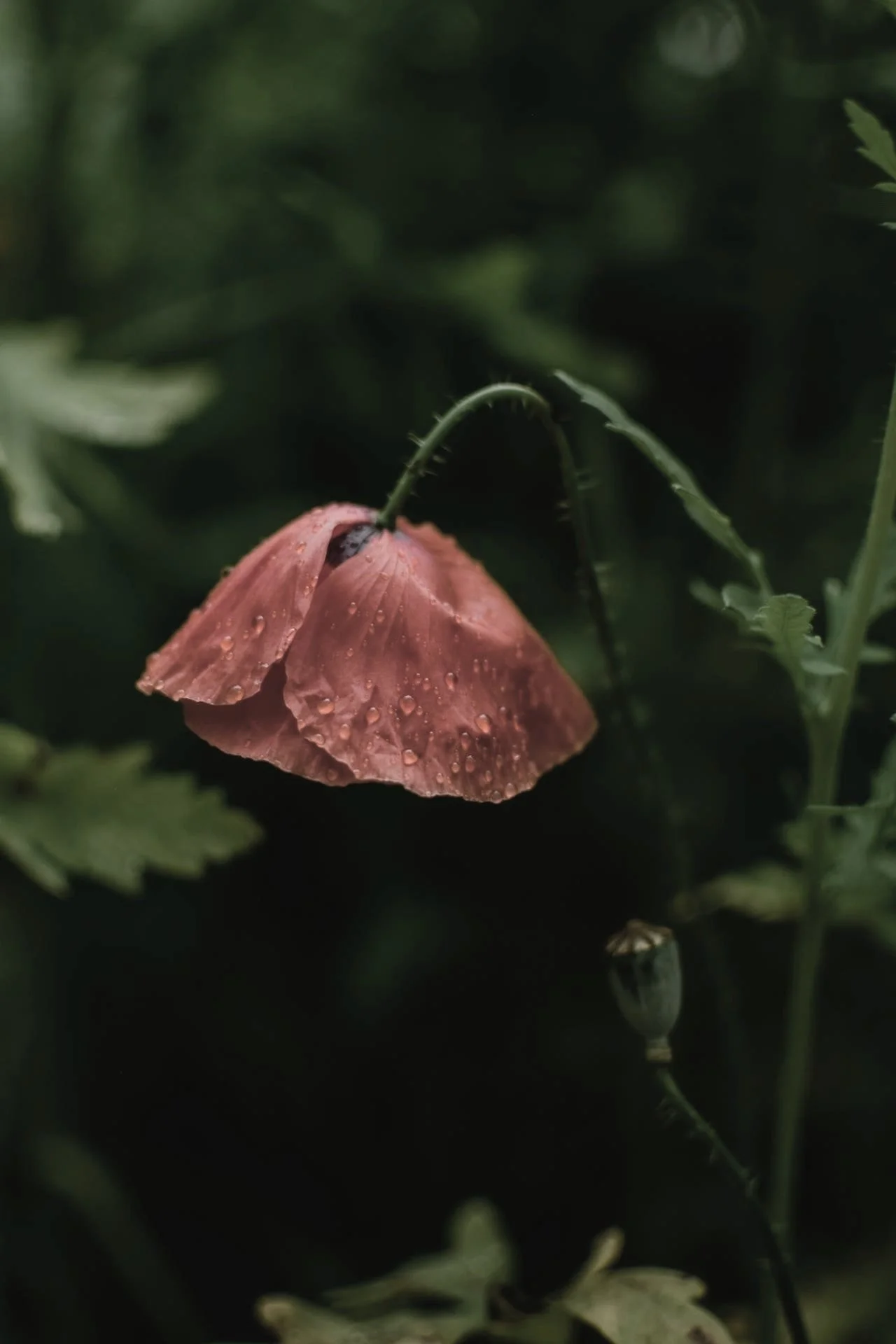Trauma Therapy
“I’m not sure if this is trauma, but…”
I hear this a lot from clients and it’s understandable. Trauma is a word that we hear frequently these days—and that’s a good thing—but it’s not always clear what it is.
Not everything bad that happens is trauma, but almost everyone experiences something that is traumatic—emotionally upsetting or disturbing that has a lasting impact—at some point in their life.
Recognizing it as trauma can be hard. Remembering and speaking about it can be too painful, bringing up complex and confusing emotions, such as guilt, shame and a sense of loss.
The urge to minimize it or hope it goes away is understandable. As a trauma therapist in Connecticut, I've helped many clients work through these complex emotions.
What is trauma?
Trauma is an experience that is overwhelming, disturbing and hard to make sense of, both in the moment and long after it's over.
It affects the way you see yourself, others and the world around you. While this description is true for all trauma, not all types of trauma are the same.
There are different forms of trauma, which are categorized by when and how they occur. You can read more here.
Regardless of the circumstances, being in a situation that is overwhelming, threatening, unsafe and out of control can have a significant and long lasting impact on you.
It doesn't mean there is something wrong with you.
It’s what happened to you—not who you are.
Symptoms of trauma
While everyone experiences trauma a little bit differently, here are some of the common symptoms of trauma:
Feeling “on edge,” anxious, hypervigilant
Being easily startled
Feeling numb, dissociated, disconnected
Being stuck or frozen
Feeling unsafe
Having strong negative beliefs about yourself
Difficulty regulating emotions
Experiencing flashbacks, intrusive thoughts or memories
Having nightmares
Difficulty with close relationships
Grieving or mourning what could have been
You Don’t Have to Keep Feeling this Way.
Having bad things happen to you may be part of life, but the effects don't need to be permanent.
Like a wound to your body, your brain has the capacity to heal. It might feel like “what’s done is done,” but you can feel whole again and live fully in the present without being haunted by the past.
The treatment methods I use are designed to work at a pace that is comfortable for you and to keep you from being emotionally overwhelmed.
I believe treating trauma needs an integrative approach. No two people, no two trauma experiences are the same. One size does not fit all.
My approach as a trauma therapist incorporates several types of trauma treatment, including PTSD therapy, customized to best fit each client's needs.
Trauma Therapy &
Somatic Treatment
Options
-
EMDR Therapy is one of the most extensively researched and effective ways to treat trauma. For many of my clients, it has provided life changing results after years of talk therapy.
Instead of only talking about what happened, EMDR accesses all parts of a memory, including the body sensations, to completely process and make sense of what happened. I’ve used EMDR with clients with a wide range of challenges, helping them to put the past in its proper place and to feel at peace in their minds and bodies.
To learn more, visit our EMDR page.
-
Ego State or Parts Work Therapy works with different parts of your personality, parts that play different roles in response to what you’re experiencing. You may have an anxious part that tries to protect you from things that are scary or dangerous, an inner critic who thinks you need to be perfect or a young part who doesn’t feel safe. When someone experiences trauma, these parts can be activated and then continue to function in ways that aren’t always helpful. Using Ego State/Parts work will help identify these parts, make sense of their function and help them become integrated into the healthier, healed Self.
-
Art Therapy incorporates a creative process into therapy. It can help express and process thoughts and feelings that are too difficult to put into words.
To learn more, visit our Art Therapy page.
-
Mindfulness and somatic trauma therapy practices such as meditation, grounding, tracking sensation, breathing and movement can reduce traumatic and other stress responses. These can calm the mind and body, build skills to regulate emotion and increase well-being.
Experience Trauma Therapy in Connecticut, New York, and California
I offer both in-person and online trauma therapy to make treatment accessible to as many people as possible. For those seeking trauma therapy in New York or trauma therapy in California, I provide secure virtual sessions. If you're looking for trauma therapy in Connecticut, I offer both online and in-person options.
In-person trauma therapy sessions are available at my Ridgefield, Connecticut office in Fairfield County, easily accessible from Westport, New Canaan, Wilton, Redding, Danbury, Norwalk, Stamford and Westchester County.




